Snorkeling is appealing because it seems so simple—just grab a mask and fins, and you're ready to see the amazing world underwater. But often, the experience is spoiled by uncomfortable gear. A mask that squeezes your face, fins that rub your feet raw, or a headache that won't quit can make you want to get out of the water.
This guide will walk you through these three common problems and show you exactly how to fix them so your gear works for you, not against you.

Problem 1: Mask Pressure and 'Mask Face'
One of the most frequent complaints is a mask that feels way too tight, leaving red marks long after you're done.
What the Problem Looks and Feels Like
You know you have a pressure issue if you experience any of the following:
- A constant, strong sucking feeling on your face.
- Deep red lines on your skin where the mask was sitting, often called "mask face."
- In some cases, light bruising around your eyes.
These are not signs of a good seal. They are clear signals that your mask is either the wrong fit or you're using it incorrectly.
Why It Happens
This uncomfortable pressure usually comes from one of two things. The most common mistake is simply over-tightening the strap. Many people think tighter is better for preventing leaks, but it actually does the opposite. A mask's soft skirt is designed to use the natural water pressure to create a gentle seal. When you tighten the strap too much, you warp the skirt's shape and can actually cause leaks.
The other cause is called "mask squeeze." When you swim down, even just a few feet, the water pressure outside your mask increases and compresses the air inside. This creates a vacuum that pulls the mask hard against your face. If your mask isn't a good match for your face shape to begin with, this will create painful pressure points.
How to Fix It
Getting a comfortable fit is straightforward. Before you buy a mask, do this simple fit test: without using the strap, press the mask to your face and breathe in gently through your nose. If it sticks on and stays put for a few seconds, it’s a good shape for your face. If it falls right off, keep looking.
When you put your mask on, the strap should be snug, not tight. You should be able to fit two fingers easily under the strap. Place the strap high on the back of your head, not low near your neck, to keep the mask positioned correctly. To deal with mask squeeze as you swim down, just remember to exhale a tiny bit of air through your nose into the mask. This adds air back inside and instantly relieves the pressure.

Problem 2: Chafing and Blisters from Fins and Straps
Painful rubbing and blisters can quickly ruin a day of snorkeling. This is almost always caused by friction between your gear and your skin, which is made worse by sand and salt.
Common Chafing Areas and Their Causes
The most frequent trouble spots are predictable:
- Feet and Ankles: Fins are the usual culprit here. A foot pocket that is too loose will allow your foot to slide around and rub, while one that is too tight will pinch. Stiff materials or trapped sand will also irritate.
- Hair and Ears: A standard silicone mask strap can pull on your hair, and the strap or its plastic buckles can rub on the sensitive skin on top of your ears.
- Cheek or Temple: The small plastic clip that holds your snorkel to your mask strap can sometimes dig in or rub against your skin.
Solutions for Friction
Thankfully, these issues are easy to fix. The single best way to prevent blisters from fins is to wear neoprene fin socks or dive booties. They provide a soft layer of protection between your skin and the fin. Of course, this works best when your fins are the correct size to begin with. Also, make it a habit to rinse sand from your feet and the inside of your fins before putting them on.
For hair pulling, you can get a neoprene strap cover that slides over the silicone strap, preventing it from catching your hair. Tying long hair in a low ponytail also helps keep it out of the way. If the snorkel clip is bothering you, try moving it to a different spot on the strap where it doesn't create a pressure point.

Problem 3: Headaches and a Sore Jaw
A headache or a sore jaw after snorkeling isn't normal, and it's usually tied directly to your equipment and how you use it.
What's Causing the Pain
Remember how we talked about over-tightening your mask strap in the first section? That’s the number one cause of snorkeling headaches. The constant tension creates a headache that feels like a tight band around your forehead.
Jaw soreness comes from biting down too hard on your snorkel mouthpiece. This is a common habit when you're feeling a bit anxious or inexperienced. You don't need to clench it; the mouthpiece is designed to be held in place gently. A mouthpiece that is a hard material or the wrong size for your mouth can make this problem worse. Also, don't forget that dehydration and too much sun are major causes of headaches, so it might not be your gear at all.
Simple Fixes for Headaches and Jaw Pain
First, make a conscious effort to relax your jaw. The mouthpiece should just rest between your teeth and lips with very little pressure. Double-check that your mask strap is loose enough.
If the problem continues, you might consider getting a snorkel with a higher-quality, soft silicone mouthpiece. Many are replaceable. The other key things you can do have nothing to do with gear:
- Practice in calm water, like a pool, to build confidence and relax.
- Drink plenty of water before you go out.
- Wear a hat when you're out of the water to avoid too much sun.
Final Tips for Comfortable Snorkeling
Beyond fixing problems as they happen, adopting a few good habits can prevent discomfort from ever starting. Think of this as a final checklist for a great experience.
- Invest and Test Before You Go. Start with good quality gear that fits you properly, especially your mask. Most importantly, test your new equipment in a pool before your vacation. This gives you a chance to make adjustments and confirm everything works, so you avoid frustrating surprises on the first day of your trip.
- Listen to Your Body in the Water. Discomfort is a signal that something needs to be adjusted. Don't try to "tough it out," as a small annoyance can quickly turn into a real problem. If something hurts or feels off, simply stop, take a moment at the surface, and fix what's bothering you.
- Rinse Your Gear After Every Use. A quick rinse with fresh water does more than just clean your equipment. It keeps the silicone on your mask soft and flexible for a better seal and prevents salt from making your fin pockets stiff and abrasive. This simple step extends the life of your gear and ensures it's comfortable for your next outing.
This proactive approach shifts the focus from fixing problems to preventing them entirely. It ensures your snorkel equipment remains a reliable tool, allowing you to simply enjoy your time in the water.

Most of the discomforts experienced while snorkeling are entirely preventable. Issues like mask pressure, chafing, and headaches are simply signals that your gear needs to be adjusted or is not the right fit for you. By paying a little attention to how your equipment fits and using the correct techniques, you can solve these problems before they start. This allows you to forget about the gear and focus on the incredible world just below the surface.

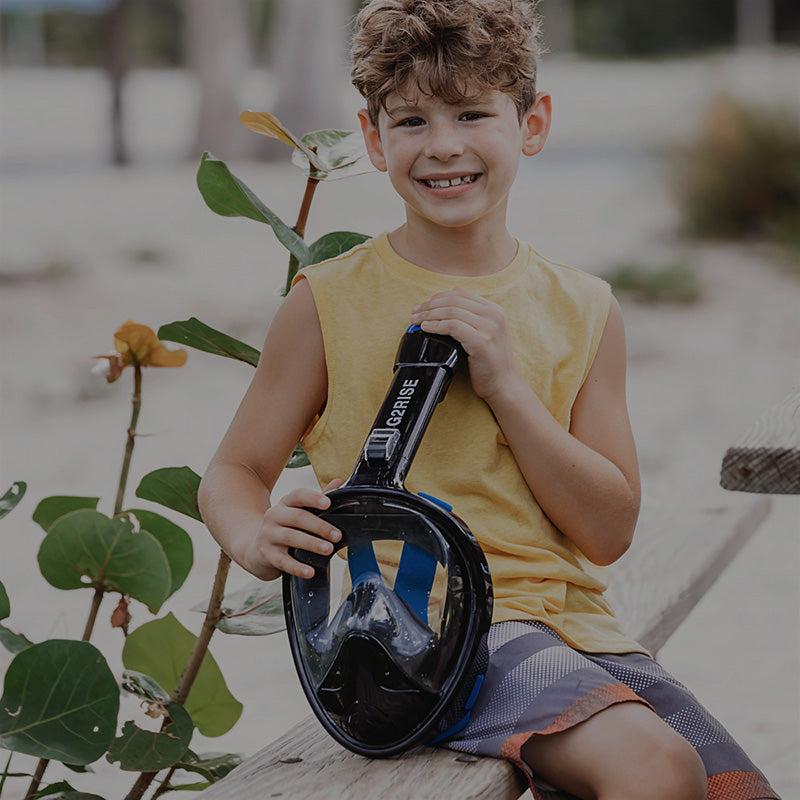
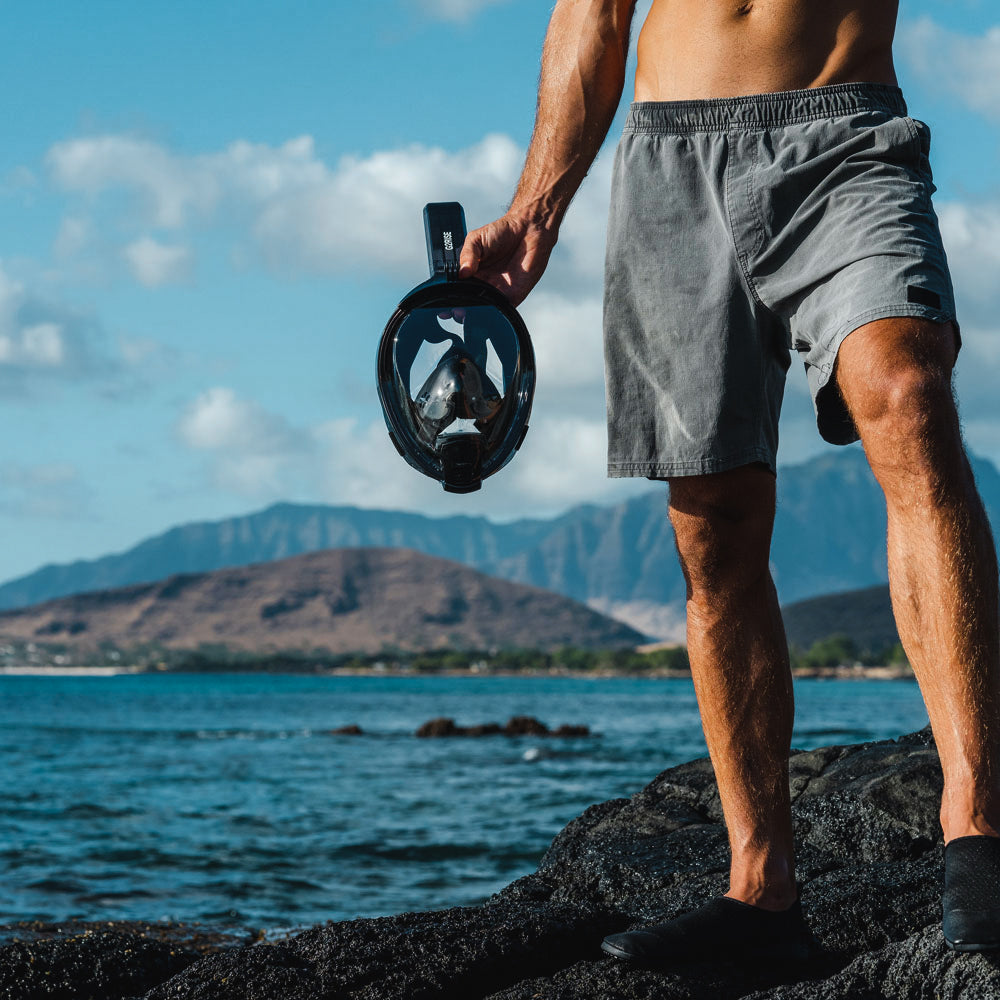

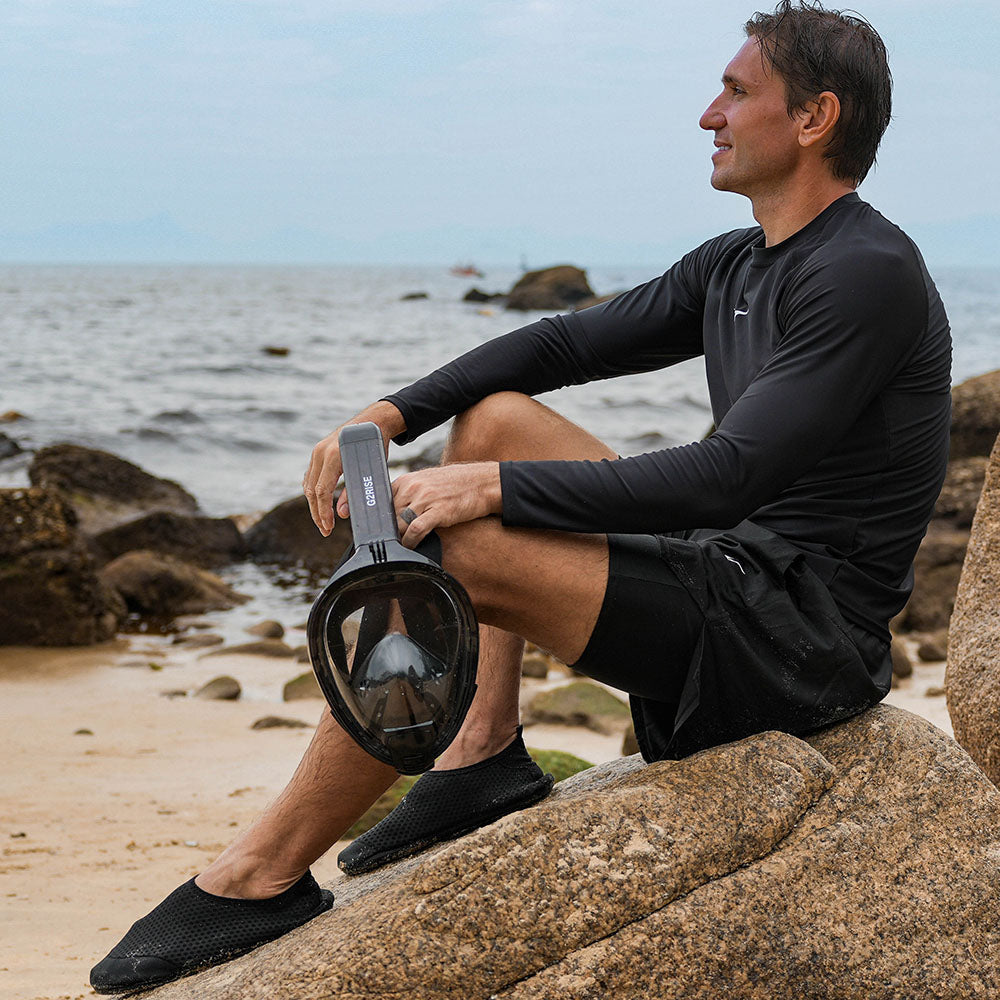

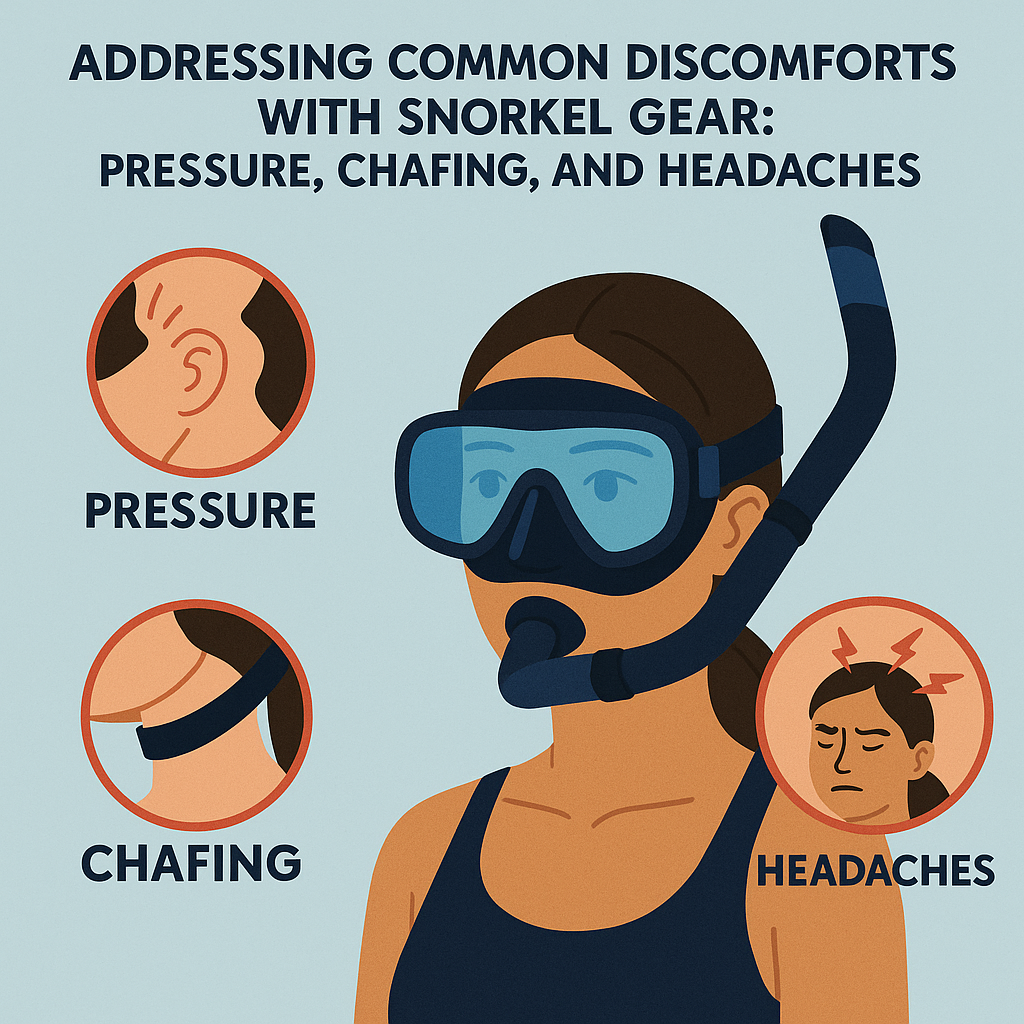
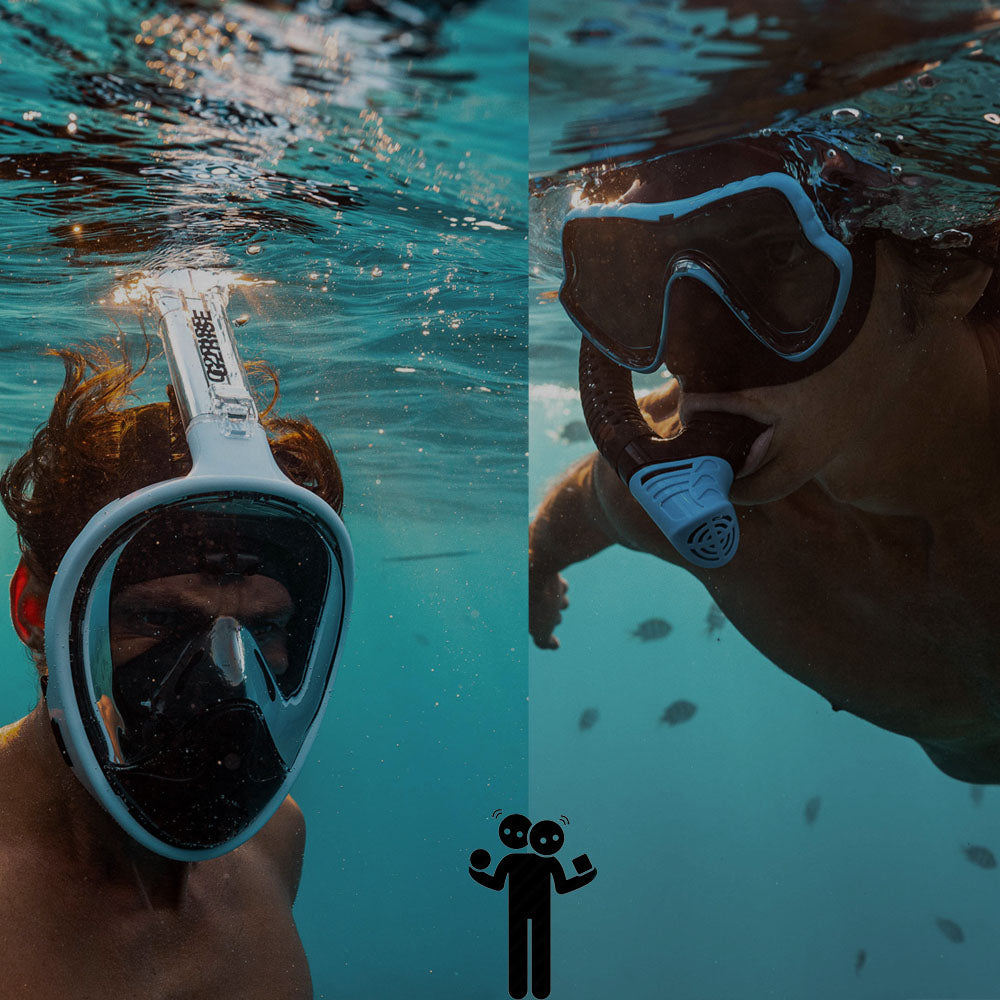
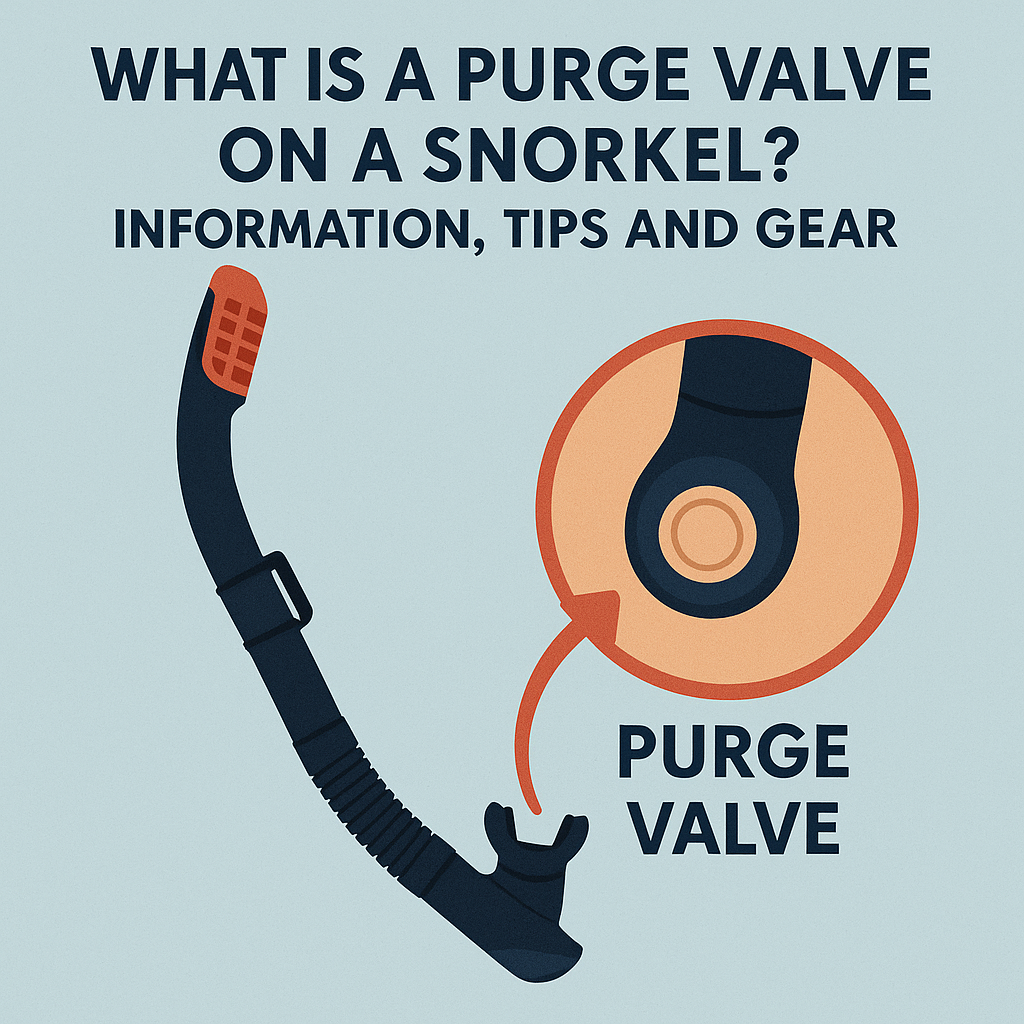
Leave a comment
This site is protected by hCaptcha and the hCaptcha Privacy Policy and Terms of Service apply.